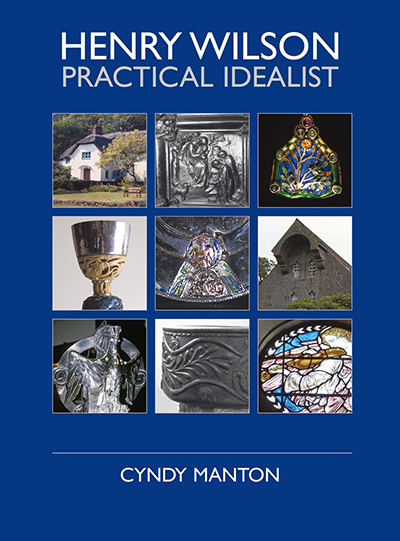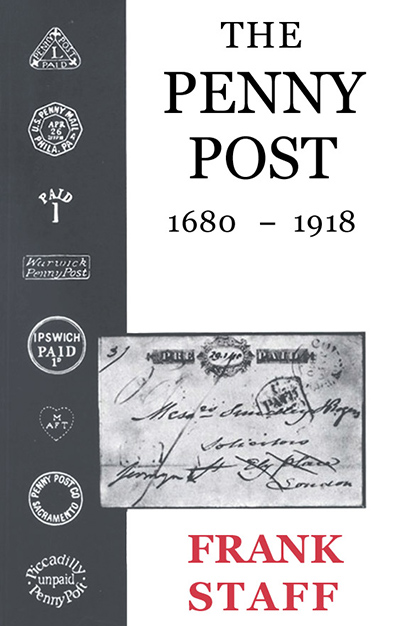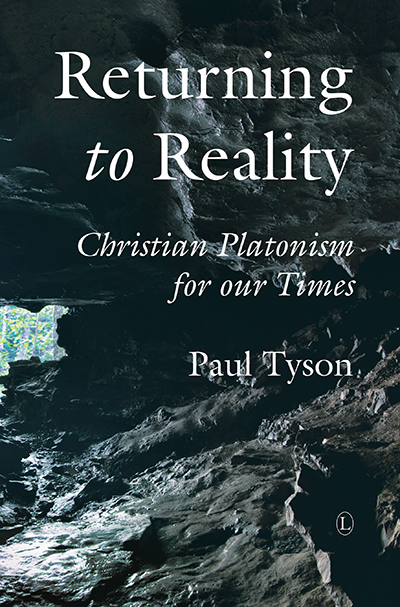Description
Henry Wilson (1864-1934) worked in a highly individual style, uniting influences from the Arts & Crafts Movement and Art Nouveau with his own interpretation of traditional forms, symbols and nature.
Drawing on original archives, biographical details and insights from family members, this is the first published study devoted wholly to Wilson and his work.
This book discusses examples of his work throughout the UK and in North America, where he designed the bronze entrance doors for a leading Boston tea importer and the great West doors of the Cathedral of St. John the Divine, New York. Of equal impact were his exhibition designs, and his influential teaching at the Royal College of Art, at the Central School of Arts and Crafts, and at the Vittoria Street School for Silversmiths and Jewellers in Birmingham.
He began his career as Chief Assistant to the Gothic Revival architect J. D. Sedding, but felt increasingly drawn to the associated arts: church furnishings, sculpture, metalworking and jewellery. His remarkable achievements in these fields range from the breathtaking green marble fittings of St. Bartholomew’s Church in Brighton, to the monumental Elphinstone Tomb in Aberdeen, and from strikingly original schemes of interior decoration and plans for a post-War craft village, to vibrant jewellery glowing with enamel and semi-precious gems.
His role as Master of the Art Workers’ Guild (1917) and as President of the Arts and Crafts Exhibition Society (1915-22) serve to confirm his significance in the context of early-twentieth century design and education.
About the Author
Henry Wilson has been a constant presence in Cyndy Manton’s career since she took up a research post in Brighton, where, inspired by his interior for St. Bartholomew’s Church, she chose his career as the subject of her PhD. After completing her thesis, she worked for many years as a lecturer in art, design and cultural studies in further and higher education. Most recently she abandoned teaching to concentrate on her writing.
Contents
Illustrations: List of Colour Plates
Acknowledgements
Introduction: ‘Perhaps the Greatest Artist of the Lot’
1. First Influences
2. J.D. Sedding and His Impact
3. Life After Sedding
4. Creative Transition
5. Focus on The Metalworking Arts
6. The All-Round Artist
7. Learning by Living
8. The Public Face of the Arts and Crafts
9. Arts and Crafts in a Modern World
Epilogue: ‘The Arch Individualist’
Gazetteer
Chronology: Life And Work
Biblography
Appendix 1: The Wilson Family Tree
Appendix 2: The Other Henry Wilson
Notes
Acknowledgements for Illustrations
Index
Endorsements and Reviews
The book contains lots of fascinating biographical detail to illustrate the man as well as the artist. This delightful book will bring Wilson’s work to a wider audience, covering the full range of his creative output. It is the most complete account you are likely to find of this rich creative life.
Twentieth Century Society Magazine
Cyndy Manton’s remarkable and long-awaited book is the first ever account of the life and work of Henry Wilson (1864-1934), arguably the most accomplished and unquestionably the most versatile protagonist of the English Arts and Crafts Movement … All this is perceptively examined by Manton in ‘an interlinked overview’ of Wilson’s prolific career.
The Spectator
Having studied Wilson for more than two decades, Cyndy Manton expertly highlights the visual continuum discernible across all the media he worked in. Her descriptions of his work are not only evocative but often movingly lyrical, capturing the essential poetry of his inspiration … Well illustrated and beautifully written, this book is a landmark in the historiography of the Arts and Crafts Movement, a field which has not generally been well served by its scholarly literature.
Peter Cormack, in Apollo Magazine






